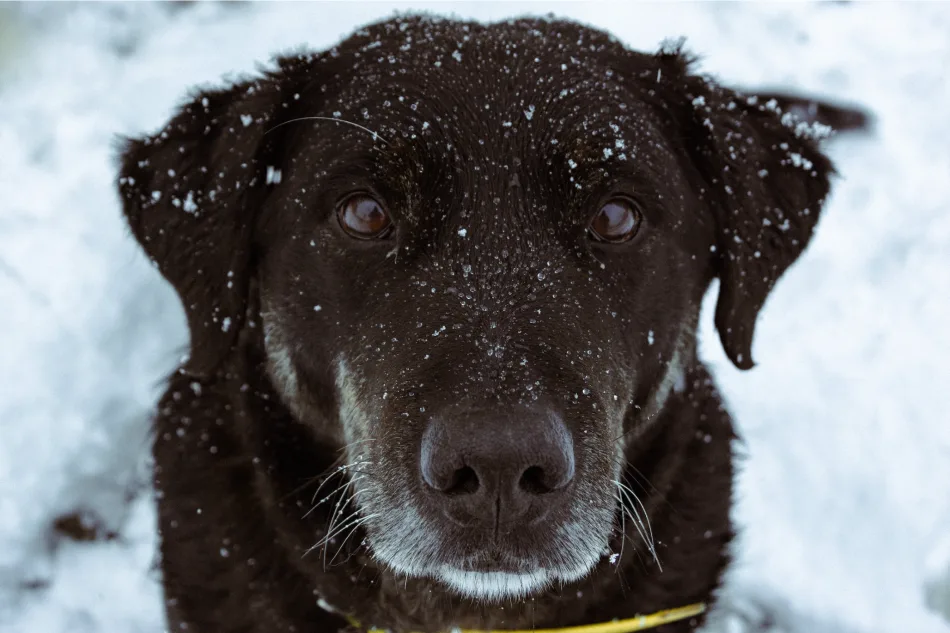
'Not all dogs fare well in winter': Signs of struggle, what to do
When the temperature dips, pet owners need to take the proper precautions to keep their animals snug and safe throughout chilly periods.
When it comes to managing your pet's health, a good place to start is looking at your dog or cat as an individual.
"You have to know your pet and the environment that you live in. For instance, if you lived in Florida your pet probably couldn't handle weather below -5°C for more than a few minutes. You really have to look at the breed and observe," Dr. Gary Landsberg, a veterinarian behaviourist who has been practicing for more than 30 years, told The Weather Network in 2019.
According to Dr. Landsberg, the dangerous weather threshold for outdoor play is around -10°C to -15°C, no matter what kind of breed you have.
Although certain sled dogs can remain outside for hours, not all dogs fare as well in the snow.
"Breeds with short hair, smaller breeds and breeds that aren't used to spending time outside are usually more susceptible to the cold conditions," he says.
WATCH: How to keep your pets safe and happy during the winter
KNOW WHEN YOUR PET NEEDS TO COME INSIDE
Inspect your pet's feet. If they look cold or are starting to walk on three paws, get your furry friend indoors.
"It's important to be with your pet outdoors so you can observe shaking or stopping of movement," Dr. Landsberg says.
"Extreme signs can include frostbite on the tips of the ears or discoloured paws."
PROTECTIVE CLOTHING: MORE THAN JUST A FASHION STATEMENT
Another way to protect your pet against the frigid air is to bundle them up in warm clothing.
"Depending on the breed (particularly short hairs), it's not a bad idea to consider a sweater, vest or booties."
Keep in mind, though, that not all pets will take kindly to clothing and you may have to spend several days or weeks training your animal to accept their new accessories.
Booties will keep your dog insulated while guarding against rough road salt. These pellets can stick in between your pet's paws, making it uncomfortable to walk or irritating for the animal in general.
Dr. Landsberg says it can be difficult to remove these chunks of ice or salt but a basin of lukewarm water will likely do the trick.
WARMING UP YOUR PETS
If you discover that your pet has become chilled after some time outdoors, Dr. Landsberg recommends treating your pet like you would a young child or baby.
“If your dog is small enough, wrap it in a big towel or blanket and cuddle it and dry it off as thoroughly as possible. When the animal wants to play and move around again, that's when you'll know everything is back to normal.”
Here are some other tips to keep in mind:
Don't leave your animal unsupervised in cold weather.
Make sure to check the forecast and find out if there's a cold-weather alert in your area.
Don't leave your pet in a cold vehicle.
Observe your pet for any cold-related symptoms.
Keep your pet active when they're outside.
Thumbnail credit: Pexels/Eylül Kuşdili











